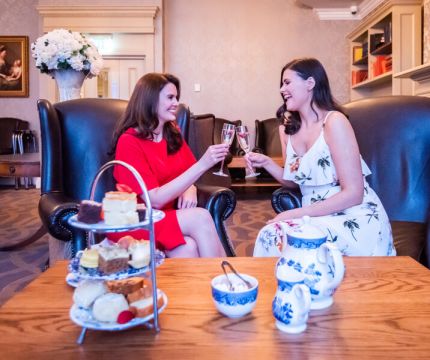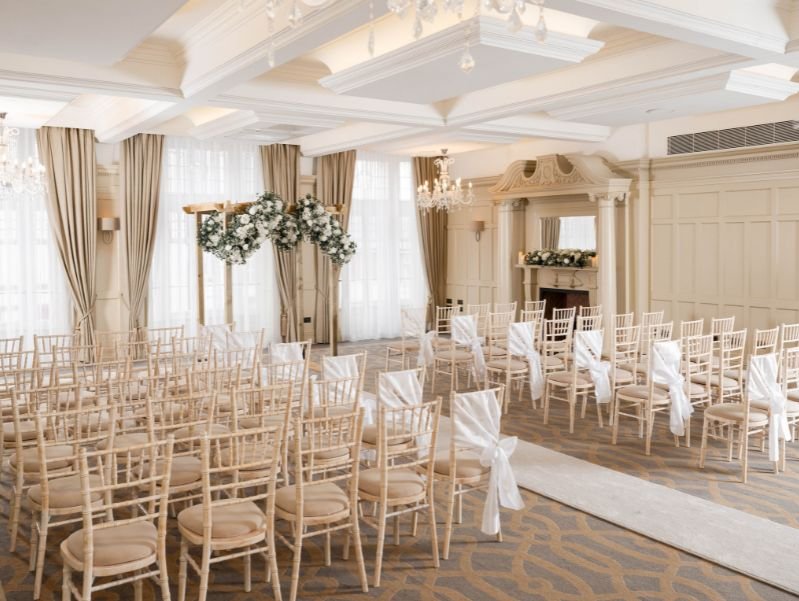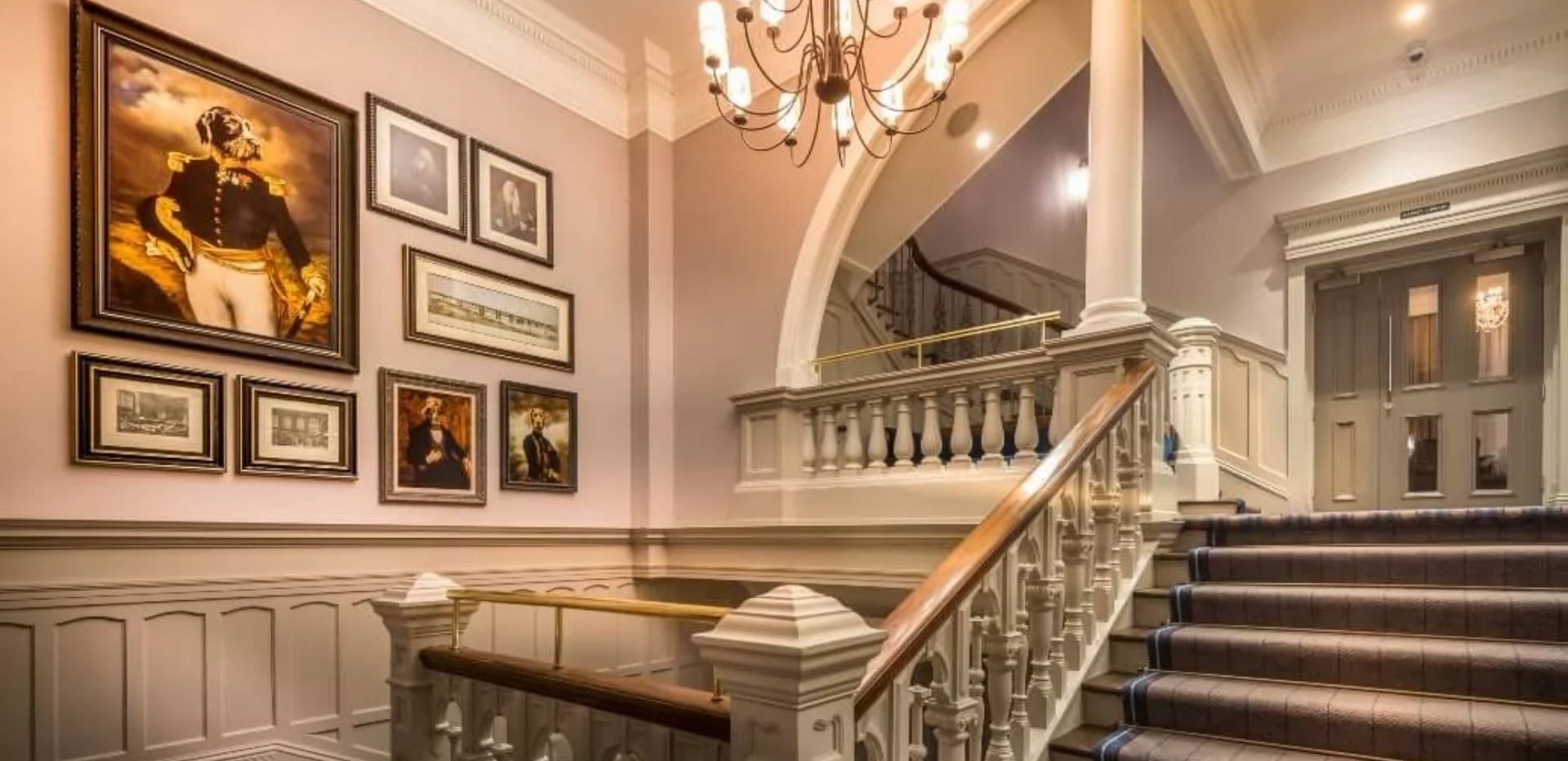
Blog


-
Tee Off In Style
Read More -
TripAdvisor Awards 2021
Read More -
TripAdvisor Awards 2020
Read More -
NIHF Hotel Heroes Celebration
Read More -
-
-
-
-
-
Frequently Asked Wedding Questions
Read More -
-
-
-
-
-
-
-
Wedding Traditions Explained
Find out more about some of the most common customs found on wedding days
Read More -
Hotel Award News
Read More -
Accommodation Team Award News
Read More -
Tripadvisor Traveller's Choice Award 2018
Read More -
-
Hotel Award News
Read More -
Hotel Award News
Read More -
'100 best places to stay in Ireland'
The Irish Times include Bishop's Gate Hotel in their '100 best places to stay in Ireland'
Read More -
-
-
-
-
Wedding Inspiration
Our Wedding Team share some advice for couples planning their special day
Read More -
North West Business Awards 2017
Read More -
NIHF Receptionist of The Year Awards 2017
Read More -
Northern Ireland Tourism Awards 2017
Read More -
Tripadvisor Certificate of Excellence 2017
Read More -
Tripadvisor Traveller's Choice Award 2017
Read More -
Hotel Win At 2017 RICS Awards
Read More -
Hideaway of the Year 2017
Read More



















